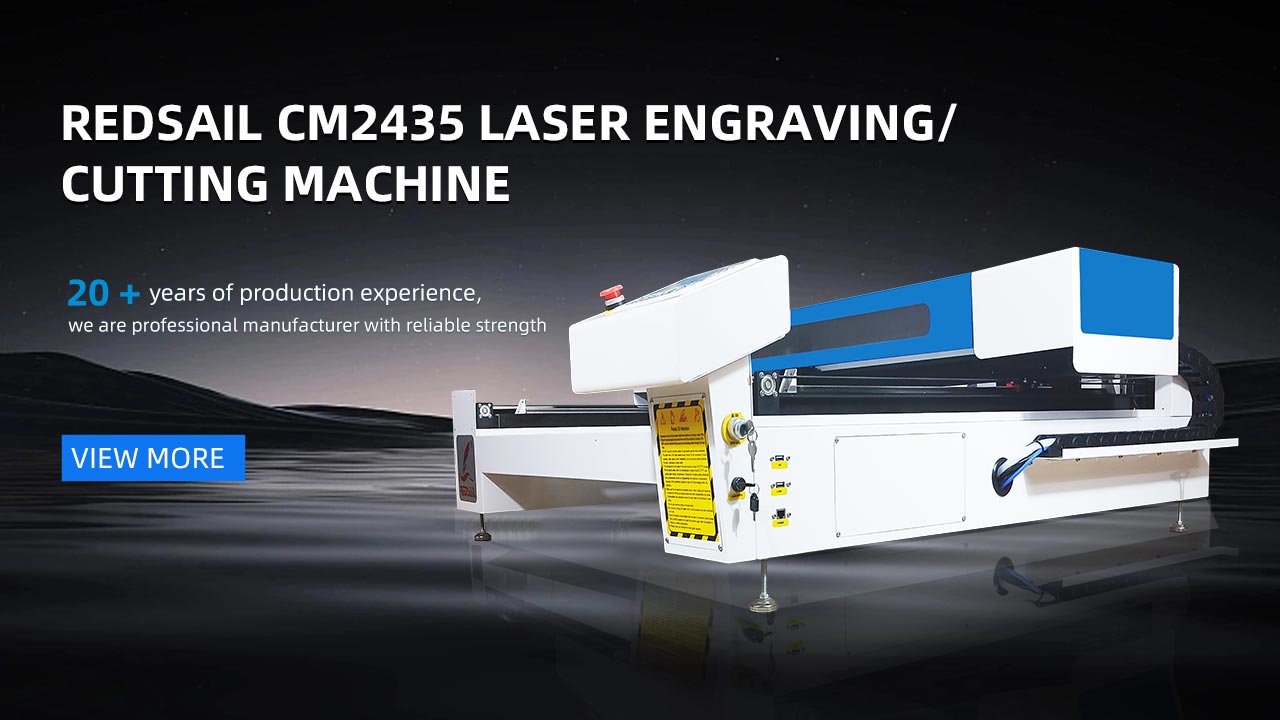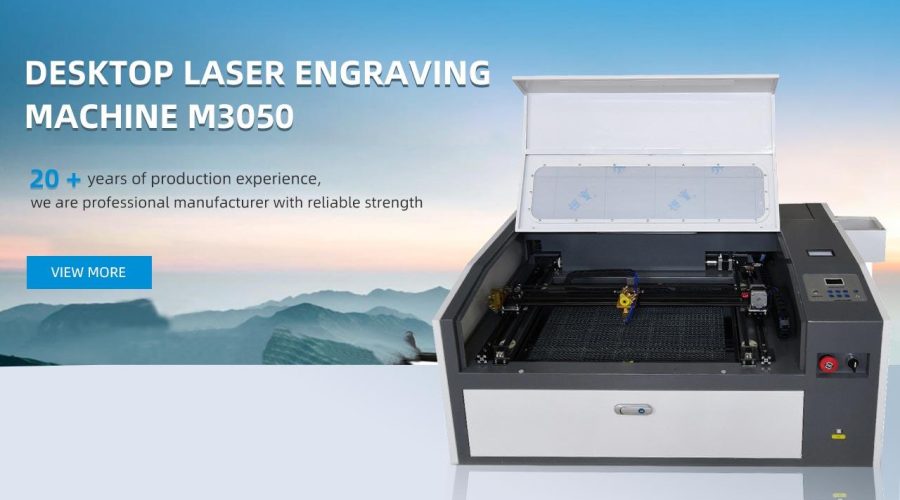Exploring the Best Uses of Laser Cutter: Wood vs. Metal
The Growing Popularity of Laser Cutters
Laser cutting technology has revolutionized various industries, offering immense precision and versatility in material processing. Among the most commonly used materials in laser cutting are wood and metal. While both of these materials can be effectively cut and engraved by a laser cutter, they have distinct differences in terms of applications, benefits, and limitations. In this article, we will explore the best uses of laser cutter by comparing wood and metal processing.
Laser Cutting Wood: Applications and Advantages
Wood has been a popular material for laser cutting due to its ease of cutting and engraving. Laser cut wood is widely used in numerous industries, including:
- Furniture manufacturing: Laser cutters allow precise and intricate cutting, making it ideal for creating unique and custom designs.
- Interior designing: Wooden decorative pieces, wall hangings, and ornaments made through laser cutting add a touch of elegance to any space.
- Prototyping: Laser cutting enables quick and accurate production of wooden prototypes for various products, saving time and costs.
Moreover, laser cutting offers several advantages when working with wood:
- High precision: Laser cutters ensure extremely precise cuts and engraving details, allowing for intricate designs and patterns.
- Minimal wastage: The focused laser beam minimizes material waste, making it a cost-effective option.
- Non-contact process: Laser cutting does not require direct contact with the wood surface, preventing damage or deformation.
Laser Cutting Metal: Applications and Advantages
Laser cutting has opened up new possibilities for metal processing, offering remarkable speed and accuracy. Some common uses of laser cutting metal include:
- Industrial parts manufacturing: Laser cut metal components are widely used in industries like automotive, aerospace, and electronics.
- Jewelry: Intricate metal designs with precise cut-outs are made possible through laser cutting technology.
- Signage and lettering: Metal letters, signs, and logos can be effortlessly crafted with laser cutters.
When it comes to laser cutting metal, there are several advantages:
- High precision: Laser cutters offer unparalleled accuracy, allowing for intricate and complex designs.
- Speed and efficiency: Laser cutting metal is fast and efficient, enabling high-volume production and reduced lead times.
- Wide range of metal compatibility: Laser cutting can be used on various metals, including stainless steel, aluminum, and brass.
Wood vs. Metal: Which Material Is Better for Laser Cutting?
Choosing between laser cutting wood or metal ultimately depends on your specific requirements and desired outcome. Here are some key considerations:
- Material properties: Wood offers a natural and warm aesthetic, while metal provides a sleek and modern appearance.
- Complexity of design: Laser cutting wood is ideal for intricate patterns and delicate details, while metal is better suited for clean-cut lines and sharp edges.
- Budget and scalability: Wood tends to be more affordable and allows for efficient scaling in production, while metal cutting can be more expensive, especially when working with thick sheets.
No matter the material chosen, laser cutting opens up a world of possibilities for designers and manufacturers alike. The versatility and precision of laser cutters continue to push boundaries, allowing for the creation of intricate and high-quality products.
FAQs about Laser Cutting
1. Are laser cutters dangerous to use?
Laser cutters can be hazardous if not operated properly. It is important to follow safety guidelines, wear appropriate protective gear, and ensure proper ventilation in the workspace.
2. Can laser cutters handle other materials besides wood and metal?
Yes, laser cutters can process various materials such as acrylic, leather, fabric, and even some types of glass. However, the cutting capabilities may vary depending on the material properties.
3. What thickness of material can be laser cut?
The maximum thickness that a laser cutter can handle depends on the power of the laser. However, in general, laser cutters can effectively cut materials up to several inches thick.





